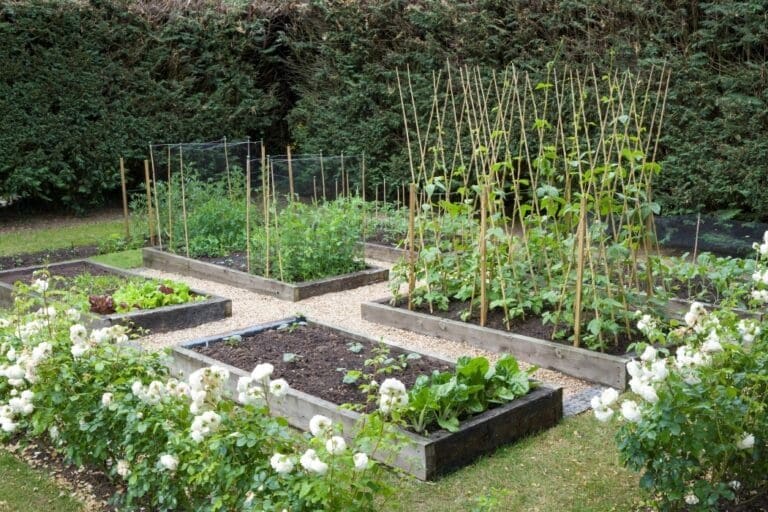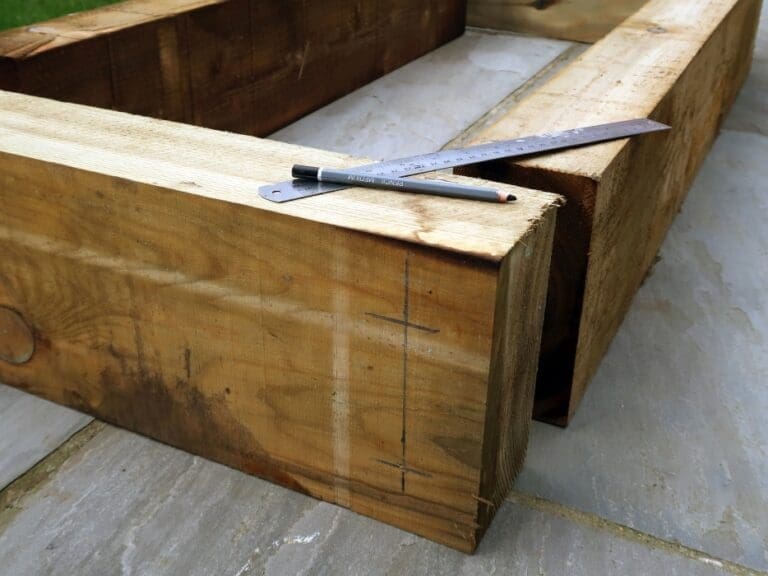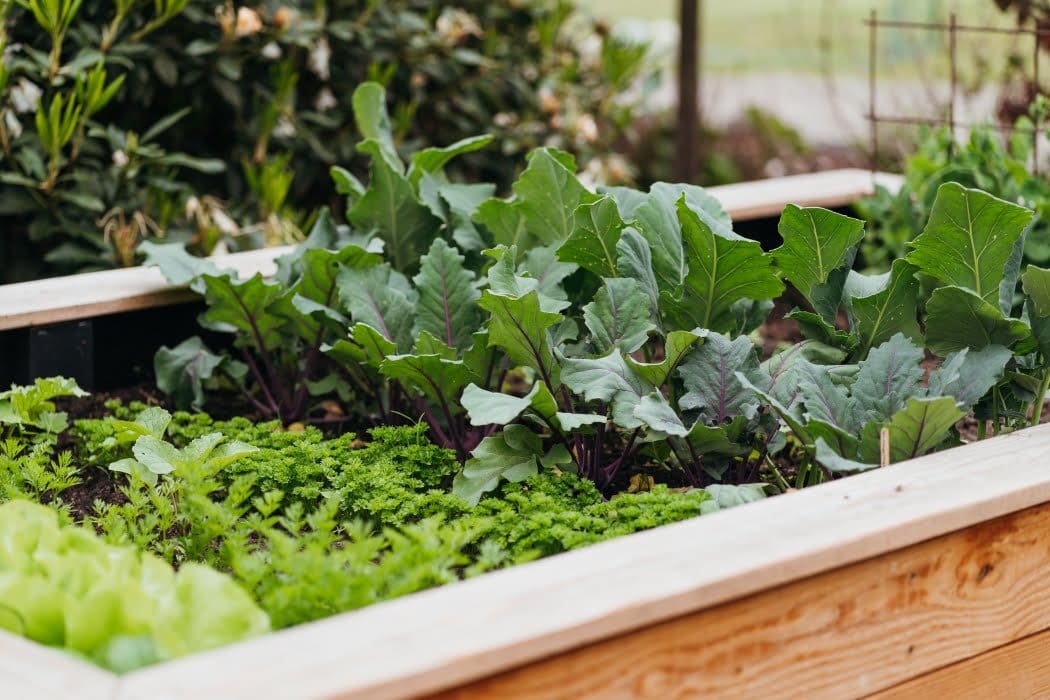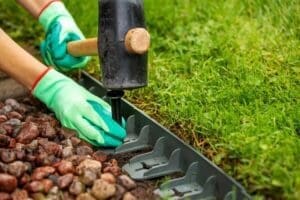Raised bed gardening is a method that lifts your garden above ground level, wrapping it in a warm, snug frame. It allows you to tailor the soil to your plants’ needs, provides improved drainage, reduces soil compaction, and can help keep those pesky weeds at bay. Plus, the raised height can be a back-saver, too!
Whether you’ve got a large backyard, a small patio, or even just a balcony, raised bed gardening is an adaptable system that can fit into all spaces and lifestyles. From selecting the right location and building your first raised bed to understanding the intricacies of plant selection and care, this guide is here to lead you through the process, step-by-step. We’ll delve into every topic, answer common queries, and even offer solutions to potential hiccups along the way.
So, dust off those gardening gloves and get ready to embark on a green journey. By the time you’ve finished this guide, you’ll be ready to get out there and start creating a thriving, fruitful, and beautiful raised bed garden of your very own.
This post contains affiliate links which means we may make commission from any qualifying sales with no extra cost to yourself.

Advantages of Raised Bed Gardening
- Improved soil conditions
- Better drainage
- Easier weed management
- Back-friendly gardening
- Extended growing season
- Prevention of soil compaction
- Versatile and space-efficient
- Improved pest control
- Attractive design element
Planning and Designing Your Raised Bed Garden
In planning your raised bed garden, consider factors like sunlight exposure, convenience, and aesthetics. The size and shape of your raised bed should match your gardening ambitions and physical abilities. Raised beds can be bought off the shelf but many gardeners like to build them themselves due to their ease of construction. Materials for construction could range from rot-resistant wood to concrete blocks or even recycled plastic. Remember to ensure adequate accessibility and consider creating pathways for easy maintenance.
Preparing the Site and Building the Raised Bed
Once you’ve decided on the design, the next step involves preparing the site. Clear the area, removing any grass or weeds, and ensure the ground is level. You can either construct the bed yourself, or opt for pre-made options available in various gardening stores. If your area has problems with standing water or invasive weeds, consider adding drainage or a weed barrier at the bottom of your raised bed.


Selecting the Ideal Soil Mix
Great soil is the lifeblood of a successful raised bed garden. The right mix typically includes compost for nutrients, topsoil for bulk, and coarse sand or vermiculite for drainage. You can either purchase pre-mixed soil or make your own. Fill your bed to a depth that allows your plants’ roots to grow freely.
Choosing Plants for Your Raised Bed Garden
Select plants that suit the sunlight conditions in your garden, and that meet your culinary or aesthetic preferences. Companion planting and crop rotation can promote healthier growth and yields. You can start your garden from seeds, or purchase seedlings for a head start.
Planting and Caring for Your Raised Bed Garden
Correct spacing and arrangement can ensure all your plants get sufficient light, water, and nutrients. Watering techniques may vary, but the general rule is to keep the soil moist, not waterlogged. Regular fertilization will keep your plants happy and productive, and mulching can conserve moisture and suppress weeds.
Harvesting and Maintenance
Harvesting at the right time can improve both the quantity and quality of your yield. Regular pruning and trimming can stimulate growth, and weed control should be part of your routine. At the end of the season, clean and prepare the bed for the next round of planting.
Troubleshooting Common Issues
Despite your best efforts, problems might occur. Learn how to address issues such as soil compaction, nutrient deficiencies, overgrown plants, or invasive species. Don’t hesitate to seek help from local gardening resources or experts when needed.
Final thoughts
There you have it – a comprehensive beginner’s guide to raised bed gardening. Remember, every garden is a living, evolving entity. Embrace the journey, learn from your experiences, and take immense pride in your blossoming green space. Here’s to your success and the countless bountiful harvests that await you! Happy gardening!
Frequently Asked Questions
Q. What kind of wood should I use for my raised beds?
The best choices for raised beds are rot-resistant types of wood such as cedar, redwood, and juniper. Pressure-treated wood can also be used, though some gardeners avoid it due to concerns about chemicals leaching into the soil. Avoid using woods that have been treated with harmful chemicals.
Q. How deep should my raised bed be?
The depth of your raised bed should depend on what you plan to grow. However, most vegetables need at least 6-12 inches of soil to grow healthily. If you’re building over a hard surface, or if you’re growing deep-rooted plants like tomatoes and carrots, a depth of 12-24 inches is ideal.
Q. How often should I water my raised bed garden?
The frequency of watering will depend on the weather, the type of plants you have, and the soil composition. A general rule is to water when the top 1-2 inches of soil are dry. It’s best to water deeply and infrequently rather than little and often, encouraging the plants to grow deeper roots.
Q. Can I use garden soil in my raised bed?
While garden soil can be used, it’s often better to use a mix specifically designed for raised beds, which usually contains a balance of topsoil, compost, and other organic matter. This will ensure good drainage, sufficient nutrients, and a lighter texture suitable for root growth.
Q. What should I do to prepare my raised bed for winter?
In preparation for winter, remove all plant material, especially if it was diseased. You can add a layer of compost or manure to provide nutrients for the next season. Cover the bed with a thick layer of mulch, straw, or leaves to protect the soil from erosion and to keep the beneficial organisms in your soil happy over the winter.







